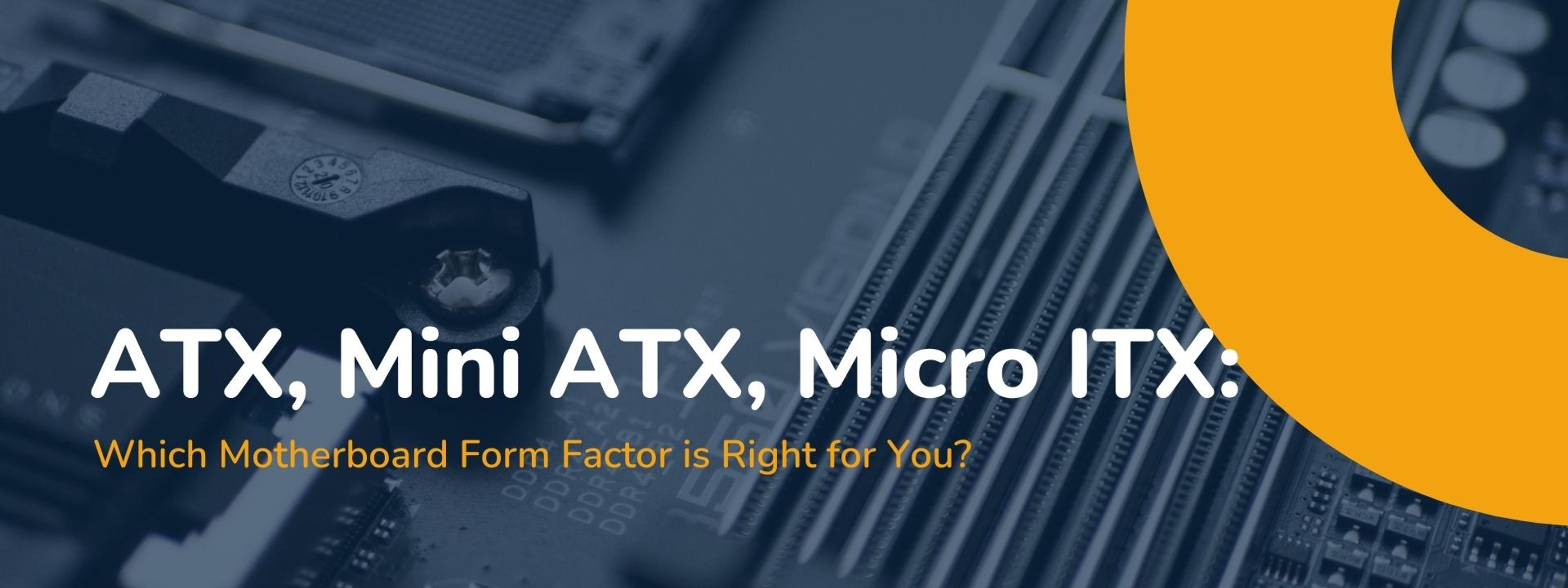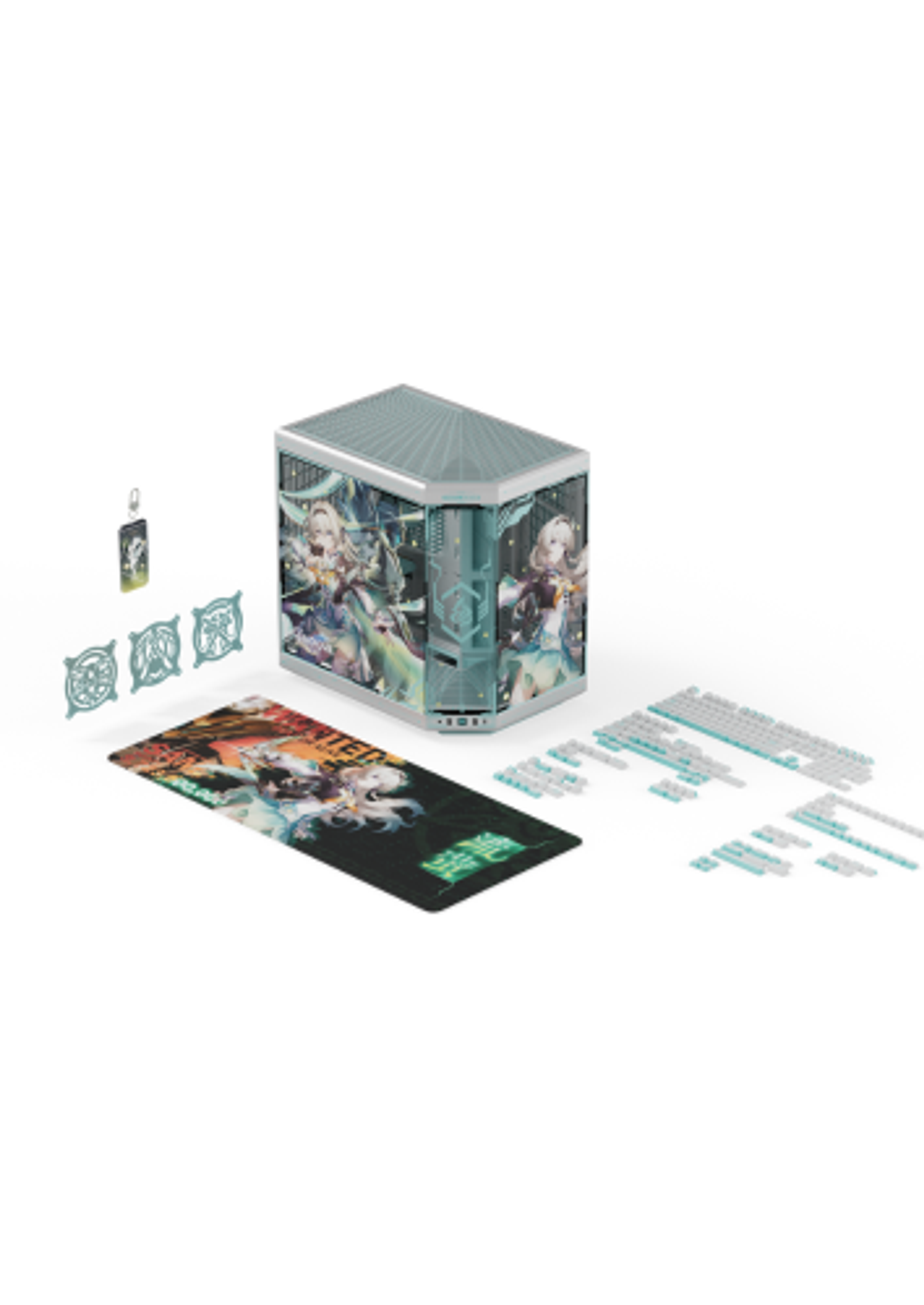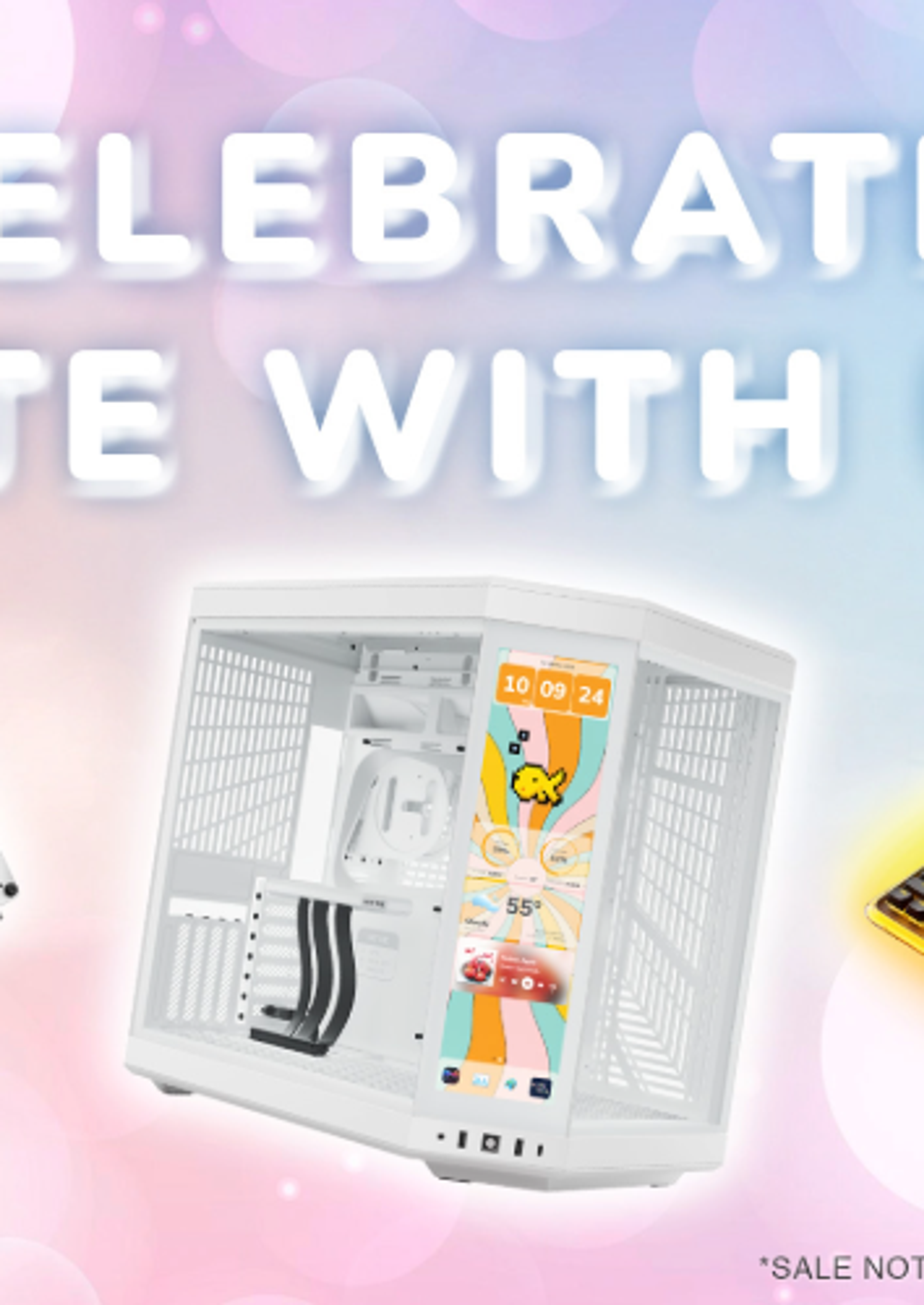
ATX, Mini ATX, Micro ITX: Which Motherboard Form Factor is Right for You?
Set aside your CPU and GPU spec lists for a second; your motherboard form factor is probably the most important decision you'll make when planning a PC build.
Motherboards are the Grand Central Station for all your hardware. The features and size of the board will inform what is possible in your next PC, so it's important to weigh your options and decide what is right for you and your needs.
There are three form factors that you will most commonly see when shopping for motherboards: ATX, Mini ATX, and Micro ITX. These motherboard sizes offer different advantages and disadvantages depending on what type of computer you want to build. This blog post will break down these motherboard form factor types so that you can make an informed decision about which one is best for your needs. HYTE's REVOLT 3 is an ITX case, and our Y60 Case is ATX so if you're looking to see if that form factor is right for you, keep reading!
What are different types of motherboard?
ATX boards measure 12"x9.6" inches (305x244mm). Since they're the "standard" size for motherboards, they're designed to fit in mid-tower cases and up.
The next smallest size after ATX is the Mini-ATX motherboard. Mini-ATX boards measure 9.6"x9.6" inches (244x244mm) and can fit in some smaller cases as a result. In larger cases, they can be a little awkward by themselves, but some use them to create dual gaming and streaming PCs in a single case.
Micro-ITX motherboards are the smallest form factor we'll discuss today. They measure around 6.7"x6.7" inches (150x150mm) – they're about half the size of an average motherboard, but still pack in all the features you need for building your dream PC.
How do form factors affect motherboards?
The size of the motherboard you choose will have a large impact on how you are able to configure your PC. Here are the main differences:
PCIe slots
You might know the PCIe slot as the main connection to your GPU, but other hardware like sound cards or WiFi cards can use them as well. Micro-ITX motherboards typically have only one PCIe slot, while Standard and Mini-ATX motherboards will usually have two or four. A fully decked-out Standard ATX board can have as many as six.
But bigger isn't always better. If you're looking for a standard tower setup that contains more than one GPU, or you want to install other hardware that requires more than one PCIe slot, you'll want an ATX board. However, ITX boards can still accommodate powerful GPUs, and keep your setup simple. If you're looking for a small PC with enough power for gaming, ITX is a great option.
RAM slots
Motherboard RAM slots, or DIMM (Dual In-line Memory Module) sockets, are what enable you to add more memory. Generally, ATX boards can have up to 4 RAM slots, while Micro ITX boards only have two.
The number of motherboard RAM slots available is important if your PC will need a lot of system memory for gaming and work applications. However, with RAM capacity increasing, two slots may be enough for your needs, so do your research on what your requirements may be.
Overclocking
Motherboard overclocking capabilities are a major factor of motherboard form factors. If you're looking to overclock an ITX build, you're in for a challenging balancing act between clock speed and thermal temperatures. It can be done, but it does take extra time and planning.
At the same time, standard ATX motherboards can be used to push CPUs far past their stock speeds with relative ease. This is especially true if you introduce efficient cooling methods in a larger case.
What motherboard form factor is best?
The short answer is, there is no single motherboard form factor that is superior in every way. Depending on your needs, you may find one more suitable than the others.
What is your preferred form factor? Let us know!
Featured Posts

Black Friday Gaming Gear & PC Deals 2025
HYTE Black Friday sales are here, and we’re excited to share the amazing deals we’ll be offering this year! Our Black Friday sales event is your chance to save big on some of our most popular products. From November 20th through December 2nd, enjoy incredible discounts on PC cases and gaming accessories that bring both performance and style to your setup. If you’re looking to upgrade, now’s the perfect time to do it with HYTE.

Official HYTE x Honkai: Star Rail Firefly Collection!
The stars have aligned, and the Official HYTE x Honkai: Star Rail Firefly Collection is ready for launch.

HYTE's 4th Anniversary Sale!
We’ve come a long way, and it’s all thanks to you! To celebrate HYTE’s anniversary, we’re giving back with a limited-time Anniversary Sale from Oct. 5 to Oct. 7.

HYTE X50 & X50 Air Pre-Orders Are Now Live!
The X50 redefines typical PC cases with a unique curved design and performance-driven elements. Pre-order the X50 and X50 Air NOW!
